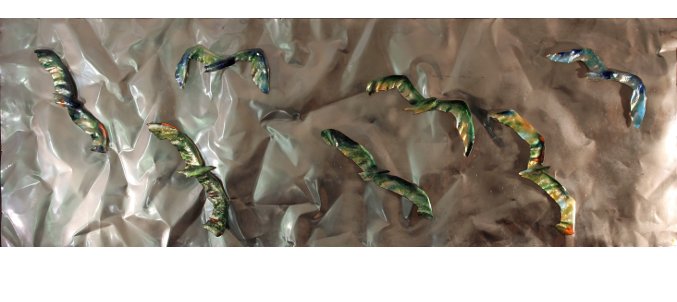A brief history of the Department
The Department of Information Engineering - DEI was formed by staff originally based at the Institute of Electrical and Electronics Engineers. The Institute, in turn, had evolved from the Chair of Electrical Engineering founded at Padova University’s Engineering Faculty in 1903.
The courses for the Laurea Degree of Industrial Electrical Engineering were first taught in Padova in 1928.
The courses for the Laurea Degree in Electronic Engineering and Electrical Engineering began in 1960. A new building was constructed in Via Gradenigo, partially located in the old Orto Agrario, and in 1966 the Institute of Electrical and Electronic Engineering moved there.
Since the 1950s, research and teaching activities have mainly been devoted to Electrical Engineering, including Electrical Measurements, Electrical Machines, and Electrical Power Plants. Electronics and Telecommunications have received increasing emphasis since the 1960s, along with Computer Science and Control Engineering. Other areas gained the attention of researchers, including Biomedical Engineering, Speech and Music Analysis and Synthesis, Physical Electronics, and Electromagnetism.
In 1980, Italian law allowed universities to found departments to coordinate research activities, so that researchers and faculty professors from different faculties began to work together on research projects. For this reason the Institute of Electrical and Electronic Engineering was split into two separate departments: Electrical Engineering (DIE) and Electronics and Informatics (DEI). The first is mainly devoted to studies associated with power systems; the latter, information engineering.
The Department of Electronics and Informatics was established on June 1, 1987, and brought together researchers from the Faculty of Engineering with the faculties of Statistics and of Arts and Philosophy.
On June 1, 2002, the Department of Electronics and Informatics changed its name to the Department of Information Engineering.
The Department coordinates the administrative and technical support staff; promotes and supervises research activities in several areas; oversees the Ph.D. School on Information Engineering. The Department is one of the highest earners of income for the University.
The Department has more than 110 faculty members and approximately 4.000 undergraduate and postgraduate students, more than 90 Ph.D. students and post-doctoral fellows doing research in Information Engineering, including the areas of Electronics, System Theory and Automation, Telecommunications, Computer Engineering, Bioengineering, Measurement Techniques, Physics and Operation Research applied to Information Engineering.
More than 30 administrative and technical staff support the Department’s teaching activities. They are divided among administrative offices, the library, secretaries (didactic secretary and the Department head's secretary), educational laboratories services, information technology services, general services, and safety services.
The Department disseminates scientific and technical knowledge through Department colloquia (weekly seminars held by its researchers), guest seminars (taught by guest researchers from outside the Department); and distinguished lectures by internationally recognized researchers from the Information Engineering areas. The importance of the Department’s research activity is also well documented by several important publications and a number of patents.
Mission
The Mission of the Department is to ensure the mandate given by the University:

"Volo di Gabbiani" (Seagull Fly)
Paolo De Poli